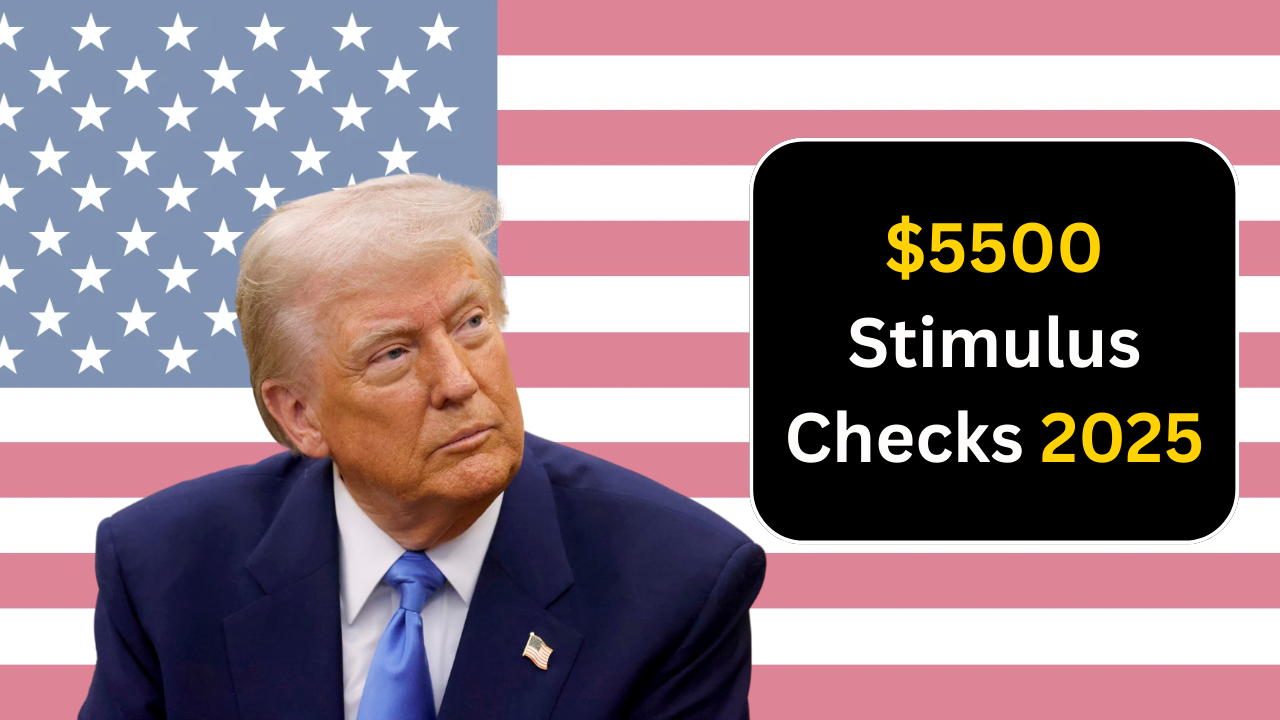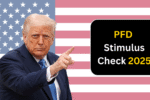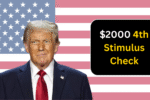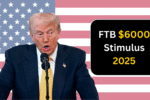The year 2025 has been an important one in terms of government financial assistance programs. Among the most anticipated programs are the $5500 stimulus checks, which have sparked much conversation across the nation.
But what exactly is this stimulus for, who qualifies for it, and when can you expect to receive it? Let’s break it all down to understand the latest updates.
What are the $5500 Stimulus Checks?
The $5500 stimulus checks are a form of direct financial assistance provided by the U.S. government to eligible residents.
The checks are designed to offer relief to households experiencing financial difficulty, especially those struggling with high living costs due to inflation, healthcare expenses, and rising rental prices.
The stimulus is part of the broader effort to help families, particularly those in the middle and lower-income brackets, navigate the financial challenges brought on by economic changes. Just like past stimulus packages, the goal is to provide immediate support to help people manage their expenses until the economy stabilizes.
Eligibility for the $5500 Stimulus Checks
Eligibility for the $5500 stimulus checks is determined by a variety of factors. The government is focusing on providing support to individuals who are most in need of assistance. The main criteria include:
- Income Level:
- Single filers earning less than $75,000 per year will generally qualify for the full $5500 stimulus check.
- Joint filers (married couples) with a combined income of less than $150,000 will be eligible for the full amount.
- Individuals with incomes above these thresholds may receive a reduced payment. The reduction is based on a sliding scale, meaning the higher the income, the lower the payment.
- Tax Filing Status:
- If you have filed your federal taxes for the previous year (2024), you should be eligible for the stimulus check.
- Those who do not have a tax filing record, such as non-filers or those who receive social security benefits without filing a return, will still be considered, but may need to submit additional information through an IRS portal.
- Dependents:
- Each dependent under the age of 18 can add an additional amount to the family’s total stimulus check. For example, if you’re a single parent with two children, you may qualify for a higher payment.
- Families with adult dependents, like college students or elderly relatives, might also be eligible for an increased amount.
- Resident Status:
- Only U.S. citizens or permanent residents are eligible for the stimulus check. Non-resident aliens and temporary visa holders are not included.
Key Dates to Remember
The distribution of the $5500 stimulus checks will follow a timeline to ensure all eligible recipients are covered. Here’s what you need to know about the payment schedule:
- Payment Date:
- The official distribution date has been set for August 15, 2025, with checks arriving directly to individuals’ bank accounts or physical addresses, depending on their selected payment method.
- Direct Deposit:
- Those who have set up direct deposit for previous tax refunds or government benefits will receive their payments directly into their bank accounts.
- If you’ve recently changed your banking details, it’s important to update them with the IRS as soon as possible.
- Paper Checks:
- For those who do not have direct deposit set up, paper checks will be mailed out. It may take several weeks for these checks to arrive, so be patient and keep an eye on your mailbox.
What Can the $5500 Stimulus Check Be Used For?
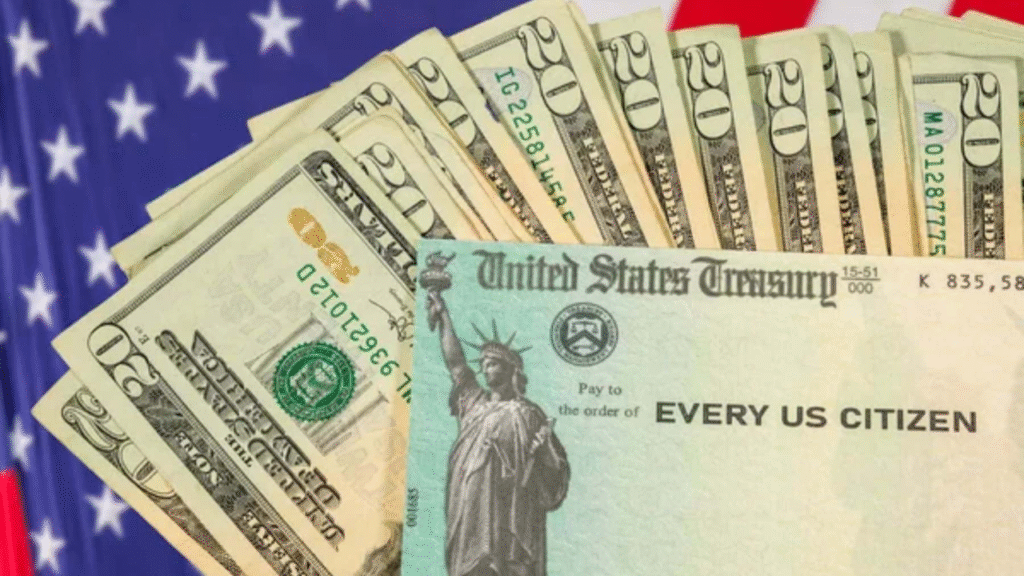
The $5500 stimulus check is a versatile financial aid measure that can be used for a wide range of essential expenses. Here are a few things the stimulus check can be used for:
- Rent and Housing: Many households are dealing with skyrocketing rent prices. The stimulus funds can be used to keep up with rent payments and avoid eviction.
- Groceries and Essentials: Rising food prices continue to put a strain on family budgets. Use the stimulus to buy groceries, toiletries, and other household necessities.
- Medical Costs: Medical bills have increased for many families, especially for those with ongoing health issues. The stimulus check can help cover unexpected medical costs.
- Utilities: Energy bills, including electricity, water, and gas, are climbing. This direct assistance can ensure families don’t have to choose between paying bills and buying food.
- Debt Repayment: For some, the best way to utilize the stimulus check may be to pay down existing debt, such as credit card bills or personal loans.
What’s the Impact on the Economy?
The $5500 stimulus checks aim to provide short-term relief, but their broader impact on the U.S. economy is being watched closely.
Economic experts believe that these checks will have a significant effect on consumption levels, as many families will use their payments for daily expenses. This will lead to increased demand for goods and services, which, in turn, can stimulate economic growth.
However, some critics argue that while stimulus checks help in the short term, they may not address long-term economic issues such as inflation and income inequality. Experts suggest that without targeted investments in job creation, healthcare, and infrastructure, the effects of these stimulus checks might not be sustainable.
How to Check if You Are Eligible?
To find out if you qualify for the $5500 stimulus check, you can visit the official IRS website and use the eligibility tool. This tool will help determine if you meet the income, tax filing, and residency requirements.
For those who have not filed taxes in the past year or are unsure about their eligibility, there will be an option to submit the required documents to ensure your eligibility is reviewed.
Conclusion
The $5500 stimulus checks in 2025 are designed to provide immediate relief for individuals and families struggling with rising costs. By offering targeted assistance to low and middle-income households, the government aims to help those who need it the most.
As we await the payment distribution in August, it’s important to stay informed about the latest updates and be proactive in checking eligibility.
